Do you know that cranes and turtles are considered auspicious creatures in Japan? Most people have heard the phrase “a crane lives a thousand years, a turtle ten thousand years.” This saying highlights how cranes and turtles are the first to come to mind when thinking of auspicious creatures in Japan. But why are cranes and turtles considered auspicious? What exactly do they symbolize? And how are cranes and turtles perceived in countries outside of Japan? In this article, we will delve deeper into why cranes and turtles are believed to bring good fortune.
Reasons Why Cranes and Turtles Are Considered Auspicious
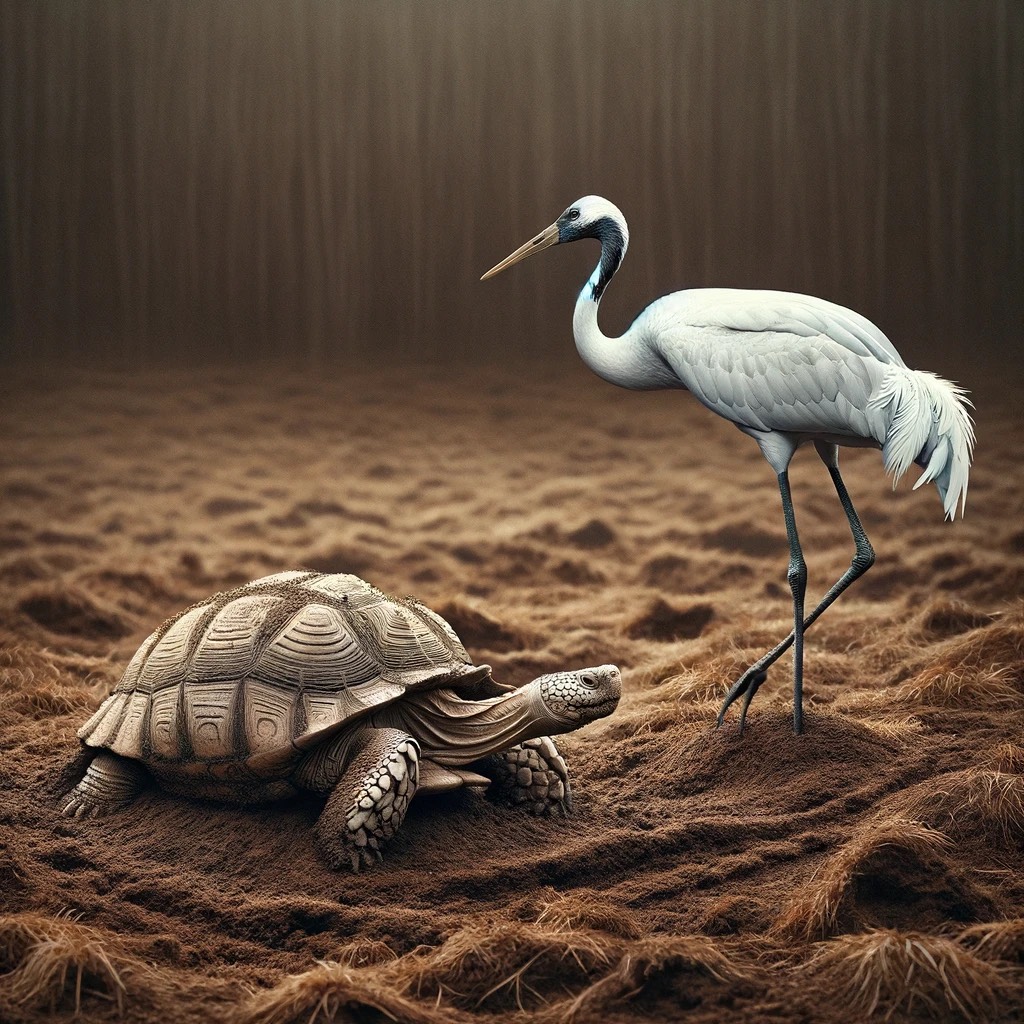
In Japan, cranes and turtles are considered auspicious creatures because they have long been seen as symbols of longevity. This belief is not unique to Japan but was actually influenced by Chinese culture. In Chinese thought, recorded as early as the Han Dynasty, there is a legend that cranes live for a thousand years and turtles for ten thousand years. This idea was transmitted to Japan.
After the Muromachi period, Japan adopted this belief, which is prominently displayed in Noh theater. One such Noh play, “Tsuru Kame” (Cranes and Turtles), features dancers wearing crane and turtle crowns, celebrating the emperor’s longevity. This Noh performance clearly shows how the idea of cranes and turtles symbolizing longevity was passed down from China.
Thus, cranes and turtles are considered auspicious symbols in Japan due to their association with longevity and the cultural influence from China. This tradition has deeply rooted itself in Japanese culture and arts throughout history.
Cranes: Symbols of Marital Harmony and Longevity in Japan, Omens of Misfortune in the World
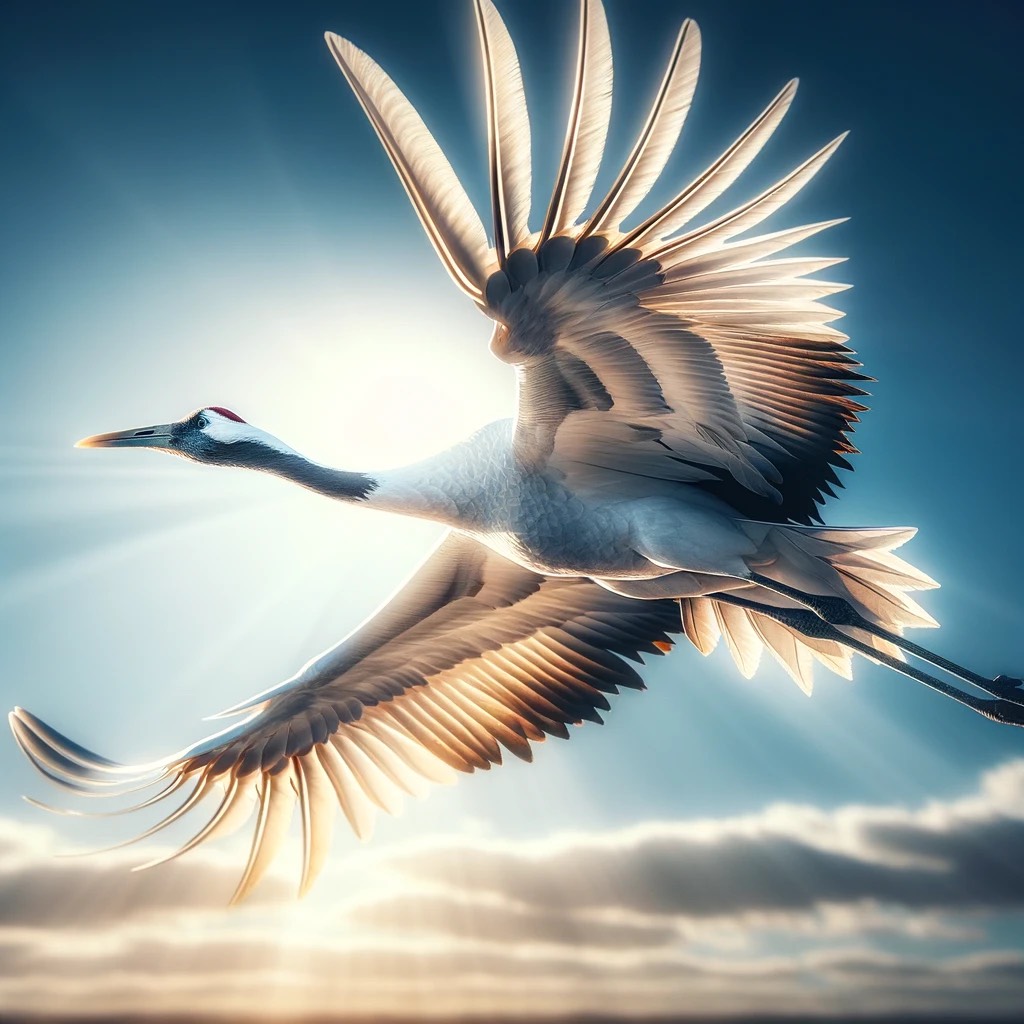
In Japan, cranes are not only known as symbols of longevity and good fortune but are also cherished as symbols of marital harmony and strong bonds, known as “meotozuru” (married cranes). These cranes represent a loving and lifelong partnership between couples and are often featured on wedding gift envelopes and place cards. Especially in traditional Shinto wedding ceremonies at shrines and Buddhist ceremonies at temples, meotozuru are highly favored.
Additionally, cranes are famous for the “senbazuru” (a thousand paper cranes), which are made from origami. During the Muromachi period, paper cranes were folded with wishes for longevity, and by the Edo period, senbazuru were created with hopes for recovery from illness and long life. In modern times, senbazuru are also used as symbols of peace.
However, perceptions of cranes vary greatly across different cultures and countries. Contrary to their auspicious status in Japan, cranes are considered omens of misfortune in Northern Europe, where they are seen as “birds that bring death.” In Celtic mythology, cranes are associated with the god Esus, who enjoys slaughter, depicting them as symbols of ill omen.
This cultural contrast shows how the same creature can have vastly different meanings and symbolisms in various regions. While cranes in Japan symbolize happiness and wishes, they carry completely different connotations in other areas, highlighting the diversity and breadth of cultural interpretations.
Turtles: Symbols of Longevity, Prosperity, and the Creatures Supporting the World

Turtles are considered auspicious creatures symbolizing longevity and prosperity around the world. In ancient China, turtles were cherished as messengers from Mount Penglai, a legendary island of immortals. In Japanese legend, turtles are known as messengers from the Dragon Palace in the story of Urashima Taro. Thus, turtles have long been valued as symbols of good fortune.
The phrase “a turtle lives ten thousand years” highlights the turtle’s association with longevity. The hexagonal patterns on a turtle’s shell are considered auspicious, and its hardness symbolizes immovable strength. Additionally, turtles are seen as bringers of financial luck. Names like “Zeni-game” and “Ishi-game” reflect this, as their shells resemble Edo period currency.
Turtles have a much longer lifespan compared to humans, with some species living an average of 30 to 50 years, and there are records of turtles living over 150 years. Considering the average lifespan of people in the Edo period, it’s understandable how the phrase “a turtle lives ten thousand years” came about. Particularly, turtles called “Minogame,” which appear to have moss growing on their backs, further symbolize longevity.
Globally, turtles are also widely recognized as auspicious creatures. In ancient India, sea turtles were depicted as entities supporting the world. In the legends of the South Sea islands and Native American traditions, turtles are believed to support mountains. These examples show that the favorable symbolism of turtles is shared across borders.
Summary
How was it? This time, we explored why cranes and turtles are considered auspicious creatures. The belief in the longevity of cranes and turtles originated from China. In addition to representing longevity, cranes symbolize marital harmony and health, while turtles are seen as symbols of good fortune. However, outside of Japan, cranes are considered omens of bad luck, and turtles are viewed as steadfast entities supporting the world. It’s fascinating how the perception of the same animal can vary between countries.
On our website, we introduce various interesting aspects of Japanese culture and history beyond cranes and turtles. If you’re interested, we would be delighted if you read our other articles as well!



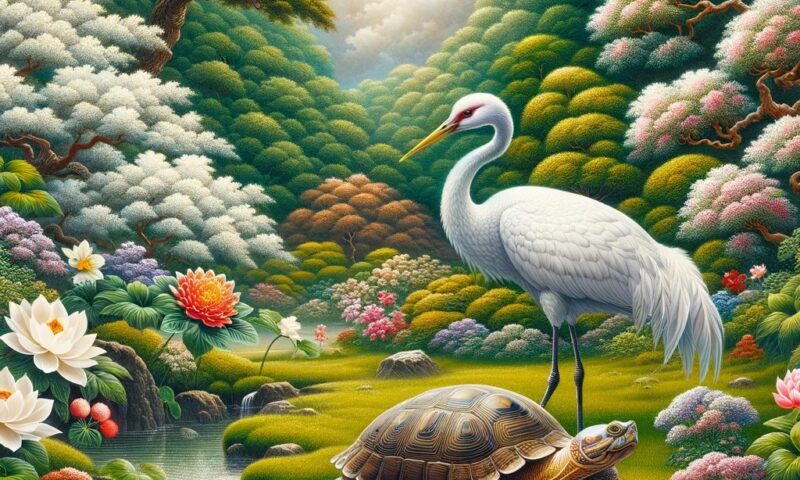
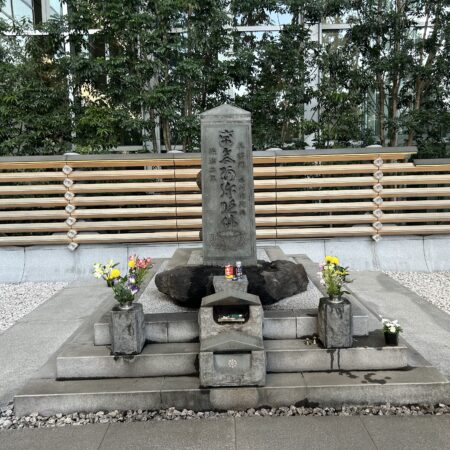
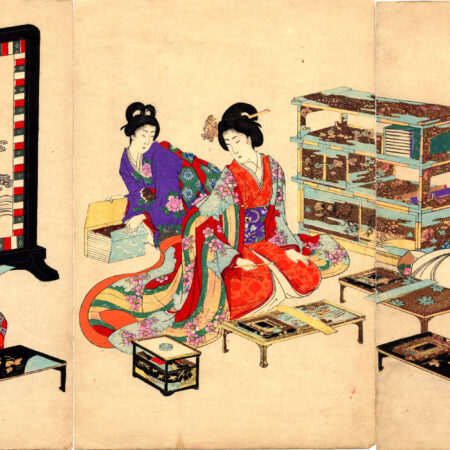
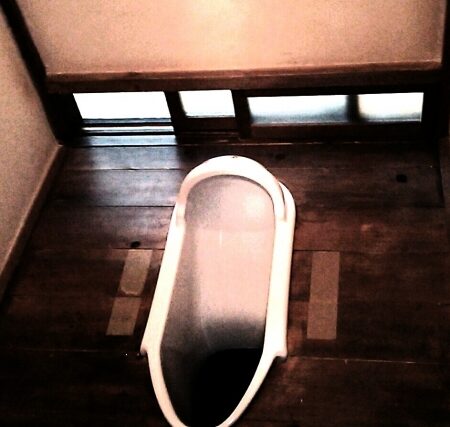

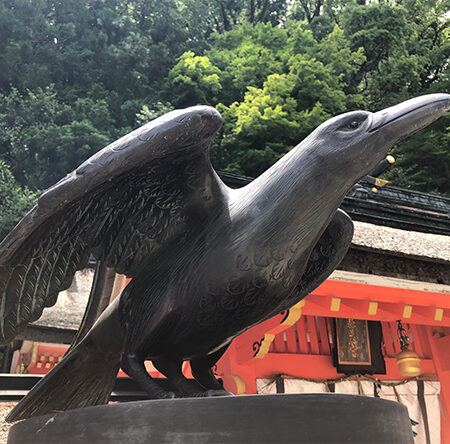
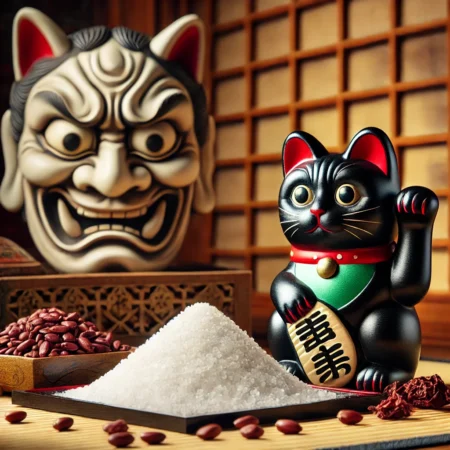
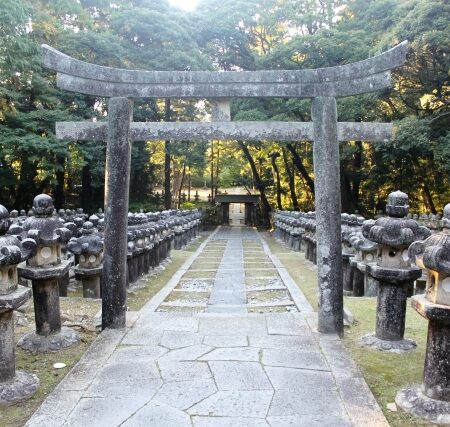



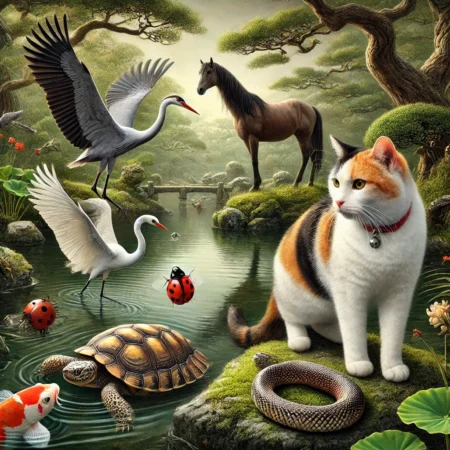
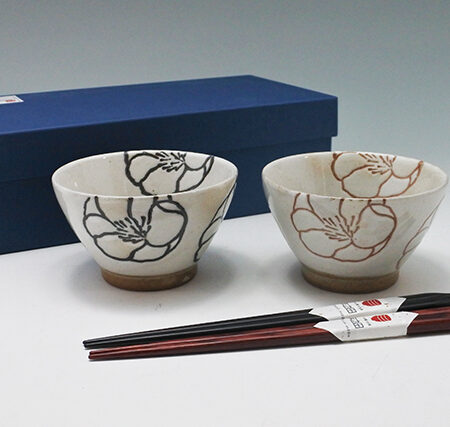
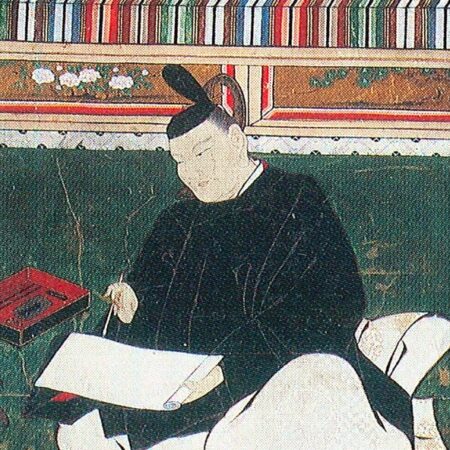
コメント